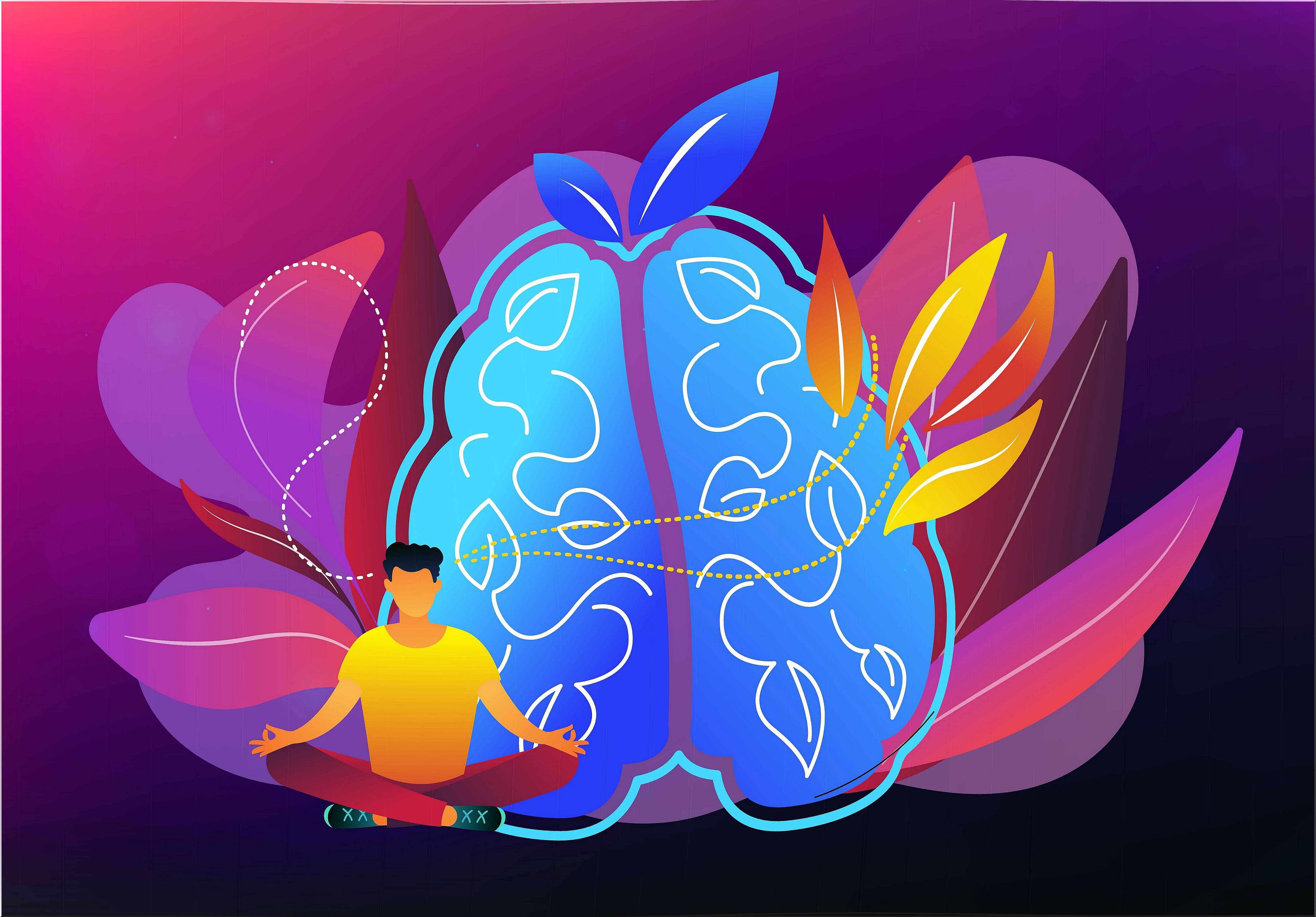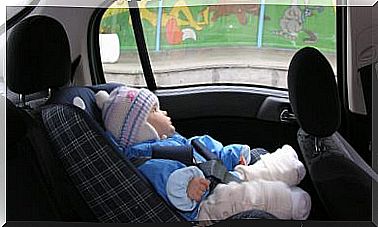5 Tips To Start Practicing Mindfulness In The Classroom
The term mindfulness is becoming more and more popular. Most of us have heard of mindfulness and have read about it. Today we are going to focus on how to start practicing mindfulness in the classroom.
We can define mindfulness as a psychological concept that deals with mindfulness, based on Buddhist meditation and total awareness of the here and now. Although its roots are in Buddhism, it is a concept that is practiced and taught without any oriental component.
Learning to live with mindfulness is being aware of life. If you pay real attention to everything around you, your way of seeing life changes completely. Your day to day is transformed.
Children can begin to work on mindfulness by learning to concentrate, working attention and relaxing the body. Empathy for others also develops with mindfulness.
5 tips to start practicing mindfulness in the classroom
Quiet environment in class
To begin practicing mindfulness in the classroom, it is essential to start by finding a time or place where the teacher and students can pause for a few moments and develop a sense of familiarity with silence.

If it is not possible to find a place for students to work on mindfulness, we can use white noise with an application to mask the background noise, this even calms the most active students. We can read and write with this white noise in the background in the classroom.
Mindfulness in the classroom environment
We are going to encourage students to be aware of the classroom environment every day. We talk about looking at the sounds that arrive, textures that we find, colors that we see and even shapes.
If possible, we will gradually do conscious attention exercises, such as encouraging them to look closely at some food before starting to eat it at recess, think about its smell, color, texture, etc.
If we are attentive, we will more easily be able to be in the present moment. So, in the school context, we will focus more on the here and now than on the tomorrow or afternoon that is to come.
A daily guided meditation to practice mindfulness in the classroom
Every day (or several times a week), at school or institute, we will find a moment and dedicate it to doing a guided meditation with the students. We will make them close their eyes, focus on their breathing and we will guide the meditation with our voice.
Vicente Simón’s meditations are a good choice if we prefer to use professional audio instead of guiding the meditation ourselves.
The compassion
It is important to practice compassion for ourselves and others. We will focus on desires such as the need to be happy, to be safe, to be filled with love. Perhaps the first few times we do this in class the students will end up laughing. When we take weeks of practice, they will have understood it and they will enjoy it.

It is possible to resort to compassion in moments of tension, for example, before taking an exam, or even send these feelings to another person seeking that we all become happy together.
The importance of practicing gratitude
To start practicing mindfulness in the classroom, we must cultivate gratitude in a natural and simple way. For example, we can take a few minutes in the classroom to reflect on the good things that have happened during the day and talk about it in a group.
This can also be done in writing, creating a gratitude journal in which we can talk about who are the people for whom we are grateful and also about things and events. It could be done with drawings and images.
It is important to remind students of the importance of patience in developing these ideas. The challenges must be taken as they appear. This will help students to contextualize at all times what they are doing and why they are doing it.










